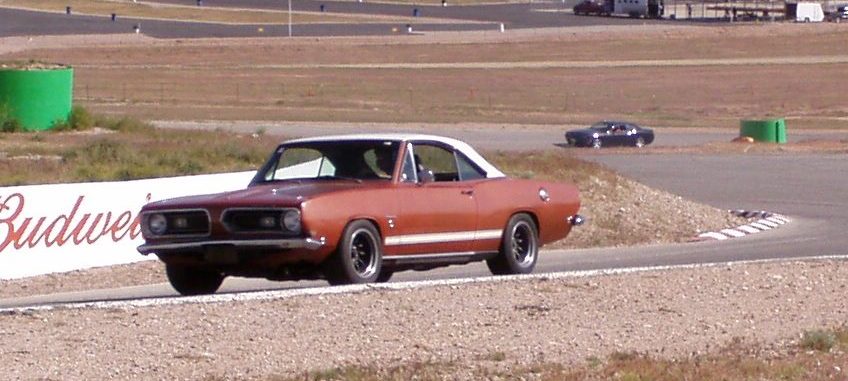purplehazenils
Well-Known Member
Hi, maybe this should be in the wheel & tire section but Im really wondering about performance and handling and this is where most of these conversations go down so I thought it might be better here.
I recently read in a different thread where someone commented on the affects of having different tire sizes front and rear on mopar a bodies. If the aim is having the best handling and grip can anyone comment on the affects of having a staggered setup where the front may be for example 17*7 and rear 18*8 versus 17*7 front and back?
Obviously it s difficult subject because so many things affect this like ride height, steering, suspension and chassis but any info or experience is welcome!
I recently read in a different thread where someone commented on the affects of having different tire sizes front and rear on mopar a bodies. If the aim is having the best handling and grip can anyone comment on the affects of having a staggered setup where the front may be for example 17*7 and rear 18*8 versus 17*7 front and back?
Obviously it s difficult subject because so many things affect this like ride height, steering, suspension and chassis but any info or experience is welcome!

















